When Is The Best Time To Visit Bali (Travel Guide)
Introduction:
Have you ever wondered what is the best time to visit Bali?
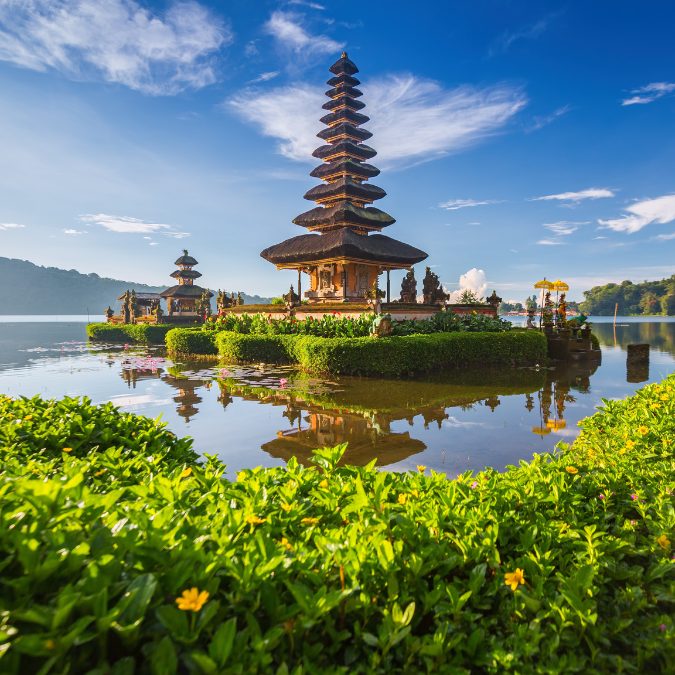
Embarking on a journey to Bali, the renowned “Island of the Gods,” is a dream for many travelers. With its diverse landscapes, rich cultural tapestry, and warm hospitality, Bali offers a unique experience at any time of the year. However, to make the most of your visit, it’s crucial to delve into the island’s distinct seasons, flight options, and various factors that influence the best time to explore this tropical paradise.
Understanding Bali’s Seasons:
Bali, with its equatorial climate, experiences two primary seasons: the wet season, often referred to as the rainy season, and the dry season. The wet season extends from November to March, while the dry season graces the island from April to October. These seasons play a pivotal role in shaping the island’s weather patterns, influencing factors such as temperature, rainfall, and the ebb and flow of tourists.
Rainy Season:
Embarking on a journey to Bali during the rainy season, which extends from November to March, unveils a unique facet of the island’s charm. This period is characterized by frequent and intense rainfall, transforming the landscape into a verdant masterpiece.
Lush greenery blankets the terrain, rivers flow with renewed vigor, and vibrant landscapes come alive in a kaleidoscope of colors. It’s a time when Bali truly embraces its natural beauty, showcasing a side of the island that captivates with its allure.

While the rainy season paints Bali in a lush and vibrant palette, it’s essential to acknowledge the impact on outdoor activities. The frequent downpours can temporarily hamper certain excursions and adventures. However, for the intrepid traveler, this season offers a unique and enchanting experience, allowing you to witness the island’s metamorphosis into a tropical paradise.
The allure of Bali remains undiminished, and for those who seek a more tranquil and introspective journey, the rainy season unveils the island’s softer, more contemplative side.
Bali, true to its reputation as a year-round destination, beckons travelers during the rainy season with the promise of a different perspective. It’s a time when the island rejuvenates, embracing the replenishing rains that contribute to its lush ecosystems. Exploring Bali during the rainy season becomes an immersive experience, a journey into the heart of the island’s natural rhythms and the symbiotic dance between the elements.
Dry Season:
In my opinion, the dry season is definitely the best time to visit bali. Contrasting the rainy season, the dry season in Bali, stretching from April to October, is a time of clarity and vivid exploration. This period, often dubbed the high season, is synonymous with clear skies, lower humidity levels, and cooler temperatures.
As the rain takes a hiatus, Bali transforms into an outdoor enthusiast’s haven, offering an ideal climate for a myriad of activities.
The dry season is an invitation to revel in Bali’s natural wonders. The crisp air sets the stage for breathtaking vistas, and the clear skies provide a stunning backdrop to the island’s diverse landscapes. This is the opportune time for hiking adventures, water sports enthusiasts, and those eager to explore Bali’s unique terrain.
From trekking through lush forests to engaging in thrilling water activities along the pristine shores, the possibilities during the dry season are endless.
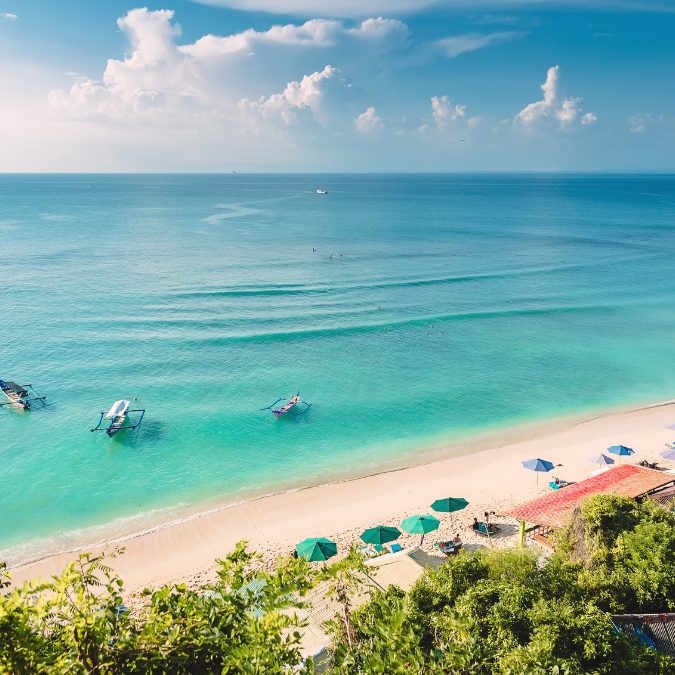
However, as Bali welcomes a surge of tourists seeking the pinnacle of weather conditions, it’s crucial to acknowledge the nuances of the high season. Higher prices and larger crowds at popular tourist attractions are part of the landscape during these months. Navigating through the bustling scenes requires strategic planning, yet the rewards are plentiful for those who yearn for the full spectrum of Bali’s offerings.
In essence, Bali’s dry season is a celebration of the island’s outdoor splendors. It’s a time when the landscape becomes a canvas for exploration, and the clarity in the air enhances every vista. While the high season may bring increased demand and prices, the wealth of experiences and the sheer beauty of Bali’s dry season make it a compelling choice for travelers seeking the epitome of tropical allure.
Whether you choose the enchanting rainy season or the vibrant dry season, Bali remains an ever-alluring destination, ready to unfold its wonders in every season of the year.
Selecting the optimal time for your Bali adventure is a nuanced process that involves a comprehensive consideration of various factors. Delving into these elements will help you tailor your trip to align with your preferences and ensure a truly enriching experience on the mesmerizing “Island of the Gods.”
1. Temperature and Humidity:
The climatic conditions in Bali are a significant factor when planning your visit. The dry season, spanning from April to October, offers a climate characterized by cooler temperatures and lower humidity levels. These conditions create an ideal setting for outdoor exploration and a myriad of water activities.
However, if you have a penchant for a more tropical atmosphere, the wet season, from November to March, brings with it a certain lushness and vibrancy as the island receives regular rainfall.
2. Crowd Levels:
Timing your Bali adventure involves navigating the ebb and flow of tourists. The high season, occurring during the dry months, attracts a substantial influx of visitors seeking the optimal weather conditions. Consequently, popular attractions may experience larger crowds, and hotel prices tend to rise.
On the contrary, the low season offers a quieter atmosphere with fewer people, providing an excellent opportunity for those who prefer a more tranquil and intimate experience.
3. Rainfall and Outdoor Activities:
Balancing your desire for outdoor activities with the unpredictability of rainfall is crucial. The wet season unveils Bali’s landscapes in their full glory, with lush greenery and flowing rivers creating a picturesque backdrop. However, the frequency of rainfall may limit certain outdoor adventures.
On the flip side, the dry season ensures more predictable weather, making it ideal for a diverse range of activities, including hiking, water sports, and exploring Bali’s diverse terrain.

4. Flight Options:
Direct flights to Bali are available year-round, offering convenient travel options for visitors. Airlines such as Singapore Airlines, Qatar Airways, and Turkish Airlines operate regular flights to Ngurah Rai International Airport, ensuring accessibility to the island from various global locations.
Checking for flight availability can assist you in optimizing your travel dates and making the most of your time on the island.
5. Cheapest Time to visit bali:
For the budget-conscious traveler, the low season, characterized by the rainy months, often presents an opportune time to explore Bali at a more affordable cost. Accommodation rates tend to be lower during this period, providing a chance to secure budget-friendly deals.
However, it’s essential to note that certain outdoor activities may be limited, requiring a thoughtful balance between cost considerations and the experiences you seek.
6. Special Events:
Enhance your Bali experience by aligning your visit with special events that showcase the island’s vibrant cultural heritage. Events such as the Bali Spirit Festival and Bali Arts Festival bring an extra layer of richness to your journey, allowing you to immerse yourself in the local traditions and celebrations.

7. Local Holidays and School Breaks:
Being mindful of local holidays and school breaks is crucial when planning your visit to Bali. These periods may witness an increase in domestic tourists, impacting crowd levels and creating higher demand for accommodations.
Considering these factors will enable you to navigate potential crowds and secure suitable arrangements for a more seamless travel experience.
8. Natural Beauty and Exploration:
Bali’s allure lies not only in its vibrant culture but also in its breathtaking natural beauty. From the iconic rice paddies to the stunning Nusa Penida, the island offers a diverse range of landscapes that can be enjoyed throughout the year.
Consider your preferences for landscape aesthetics when planning your visit, ensuring that you align your travel dates with the specific natural wonders you wish to explore.

FAQ
Q1: When is the best time of year to visit Bali?
A1: The ideal time to visit Bali largely depends on your preferences. The dry season, from April to October, is popular for clear skies and lower humidity, offering optimal conditions for outdoor activities. The rainy season, from November to March, showcases Bali’s lush landscapes but may limit certain adventures.
Q2: What are the average temperatures in Bali throughout the year?
A2: Bali enjoys a tropical climate, with average temperatures ranging from 77°F to 91°F (25°C to 33°C). The dry season typically offers cooler temperatures, while the rainy season brings a more humid climate.
Q3: Is there a specific month considered the best for traveling to Bali?
A3: Choosing the best month depends on your preferences. Many travelers favor the dry season months of May to September for optimal weather and outdoor activities.
Q4: When is the worst time to visit Bali?
A4: The wettest months, from November to March, might be considered the least ideal time for those seeking consistent outdoor adventures, as heavy rainfall can limit certain activities.
Q5: Does Bali experience crowded conditions during certain times of the year?
A5: The peak season, from June to August, sees more tourists. For those seeking fewer crowds, the off-season or shoulder season may be preferable.
Q6: How does Bali’s climate compare to other destinations in Southeast Asia?
A6: Bali’s tropical climate is similar to many Southeast Asian destinations, offering warm temperatures year-round. However, it’s important to consider the distinct wet and dry seasons when planning your visit.
Q7: Is Bali a recommended destination during the holiday season?
A7: Bali is a popular destination during the holiday season, attracting visitors with festive events. However, it’s essential to book in advance, as this period can experience higher demand.
Q8: Are there specific places in Bali considered the best to visit?
A8: Bali offers diverse attractions, but popular destinations include Ubud for culture, Nusa Dua for beaches, and Mount Batur for trekking enthusiasts.
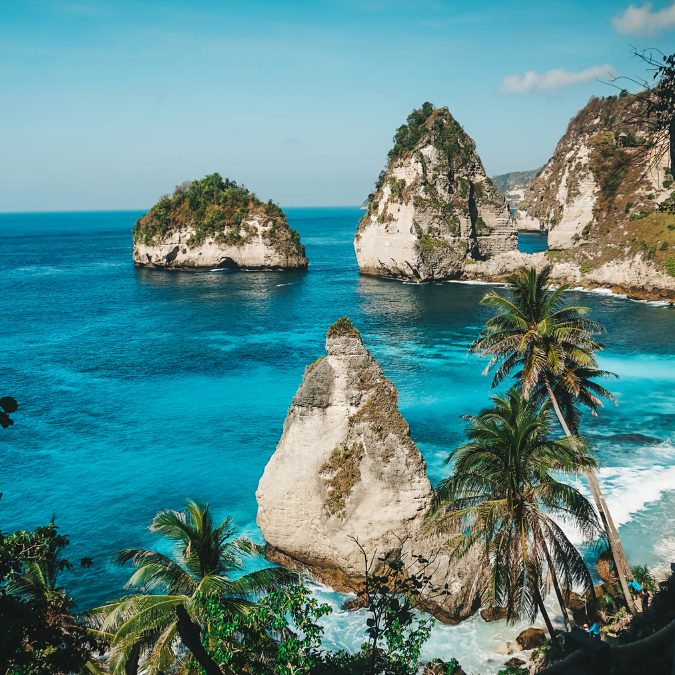
Q9: What is the best way to reach Bali from the United States?
A9: Direct flights to Denpasar Airport are available. Airlines like Garuda Indonesia offer nonstop flights, ensuring a convenient journey.
Q10: When is the hottest month in Bali?
A10: The hottest month is typically in April during the dry season, with temperatures reaching their peak.
Q11: Are there months with fewer crowds in Bali?
A11: The shoulder season, which falls between the high and low seasons, often experiences fewer crowds, providing a more serene atmosphere.
Q12: Do school holidays impact travel conditions in Bali?
A12: Yes, school holidays can lead to increased domestic tourism, affecting crowd levels and accommodation demand.
Q13: What are the characteristics of Bali’s off season?
A13: The off season, during the wet months, may offer cheaper rates but could limit outdoor activities due to frequent rainfall.
Q14: Does Bali experience high humidity?
A14: Yes, Bali can experience high humidity levels, particularly during the wet season.
Q15: When is the best time to witness local festivals and try local food?
A15: Local festivals often coincide with the holiday season. Exploring Bali’s diverse culinary scene is enjoyable year-round.
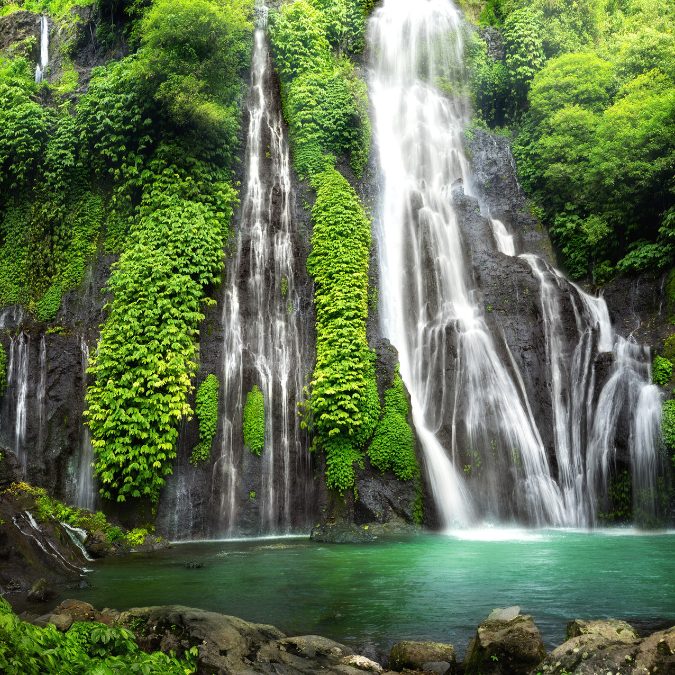
Q16: Are there specific deals or promotions during certain months?
A16: Great deals can often be found during the shoulder season or through special promotions during the off season.
Q17: How does the east coast of Bali differ from the west coast?
A17: The east coast is generally drier, while the west coast may experience more rainfall, especially during the wet season.
Q18: Are there nonstop flights to Bali from Kuala Lumpur?
A18: Yes, airlines such as Garuda Indonesia and others offer nonstop flights from Kuala Lumpur to Bali.
Q19: Is January a good time to travel to Bali?
A19: Early January marks the tail end of the wet season. While there may be some rainfall, it can still be a good time to visit with fewer crowds.
Q20: When are the wettest months in Bali?
A20: The wettest months are typically from December to February during the peak of the rainy season.
Q21: What are the ideal conditions for a Bali visit?
A21: Ideal conditions depend on personal preferences. For optimal weather and outdoor activities, consider visiting during the dry season months of May to September.
These FAQs provide a comprehensive guide to help you plan your Bali trip, considering factors ranging from weather conditions to flight options and cultural events.
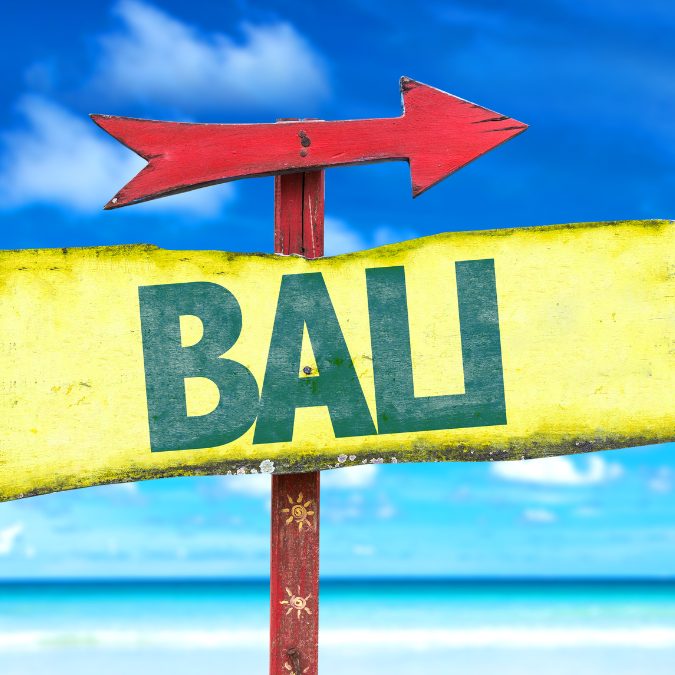
In conclusion to best time to visit bali
In conclusion, planning the perfect time to embark on a Bali adventure requires a thoughtful consideration of various factors, each contributing to the unique tapestry that the “Island of the Gods” weaves for its visitors. The best time to travel to Bali is inherently subjective and contingent on your individual preferences and priorities.
Whether your heart yearns for the sun-drenched days and the plethora of outdoor activities offered during the dry season or you are captivated by the lush landscapes and potential cost savings during the wet season, Bali extends an open invitation throughout the year. This island gem remains a perennial destination, offering a diverse array of experiences across its distinct seasons.
Comprehensive understanding of Bali’s seasons is key to orchestrating a journey that resonates with your desires. By delving into the nuances of weather conditions, crowd levels, and special events, you gain the insight needed to tailor your Bali trip according to your interests. The meticulous selection of travel dates, considering flight options and cultural festivities, allows you to craft an itinerary that encapsulates the essence of this captivating destination.
As you navigate the decision-making process, consider the symphony of experiences that Bali orchestrates — from the vibrant energy of the high season to the serene allure of the low season. Whether you find solace amidst the verdant rice terraces, bask in the cultural richness of Nusa Dua, or ascend Mount Batur for breathtaking vistas, Bali’s offerings remain boundless throughout the calendar year.
In essence, Bali is not merely a location but a canvas on which your travel aspirations can unfold. It’s a journey into the heart of a tropical paradise, where every season paints a different stroke on the canvas of your adventure.
So, whether you’re a sun seeker or a rain reveler, Bali stands ready to welcome you with its warm embrace, promising an unforgettable exploration of a destination that truly lives up to its title — the “Island of the Gods.” Embrace the diversity, plan wisely, and let the magic of Bali unfold during your chosen time of discovery. I hope this helps you to decide when your ideal best time to visit bali is!
Other Interesting Things About Air travel
- Can You Bring Lysol On The Plane With You ?
- Can A Plane Fly In a Thunderstorm?
- Can You Use A Cell Phone On A Plane?






